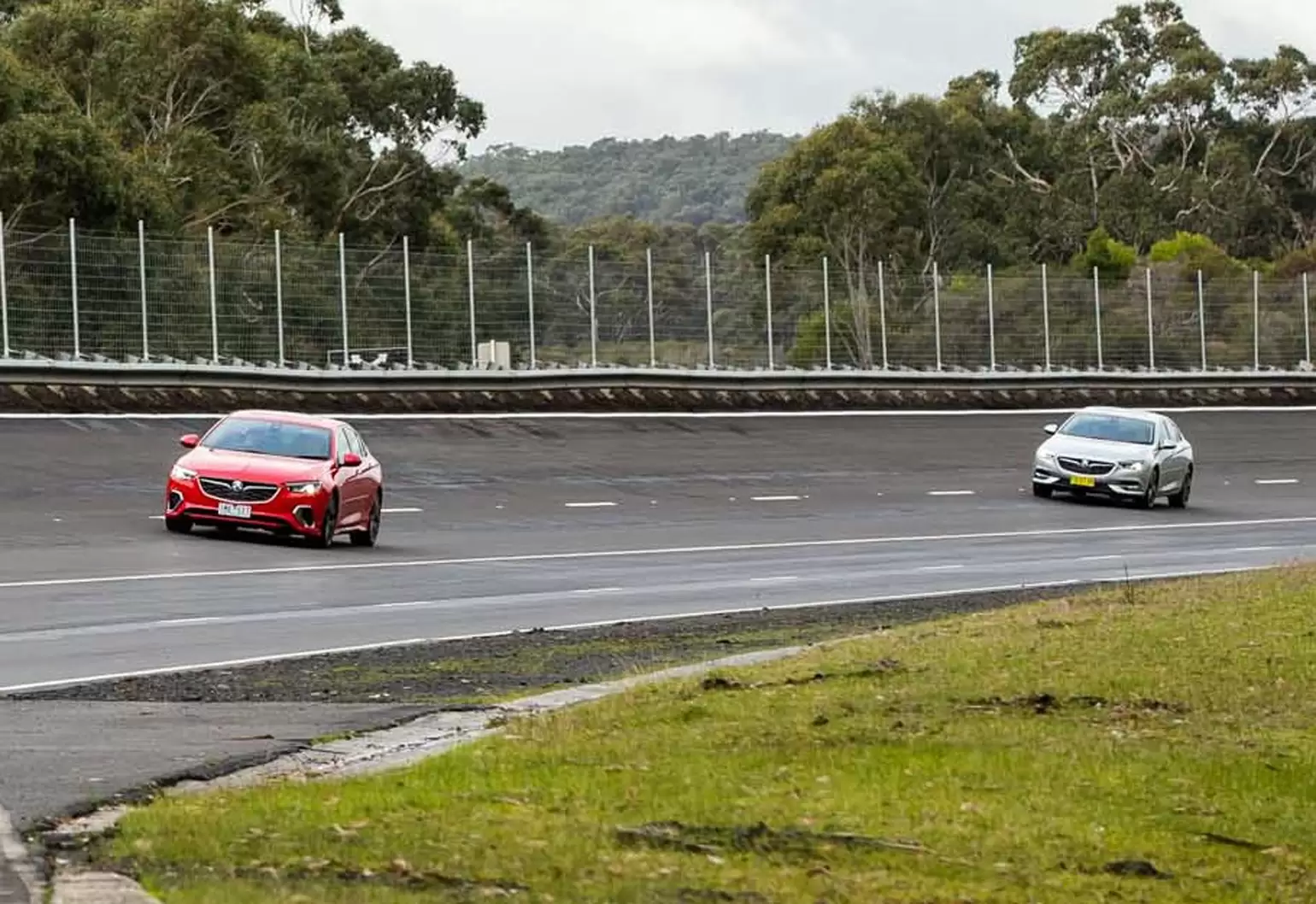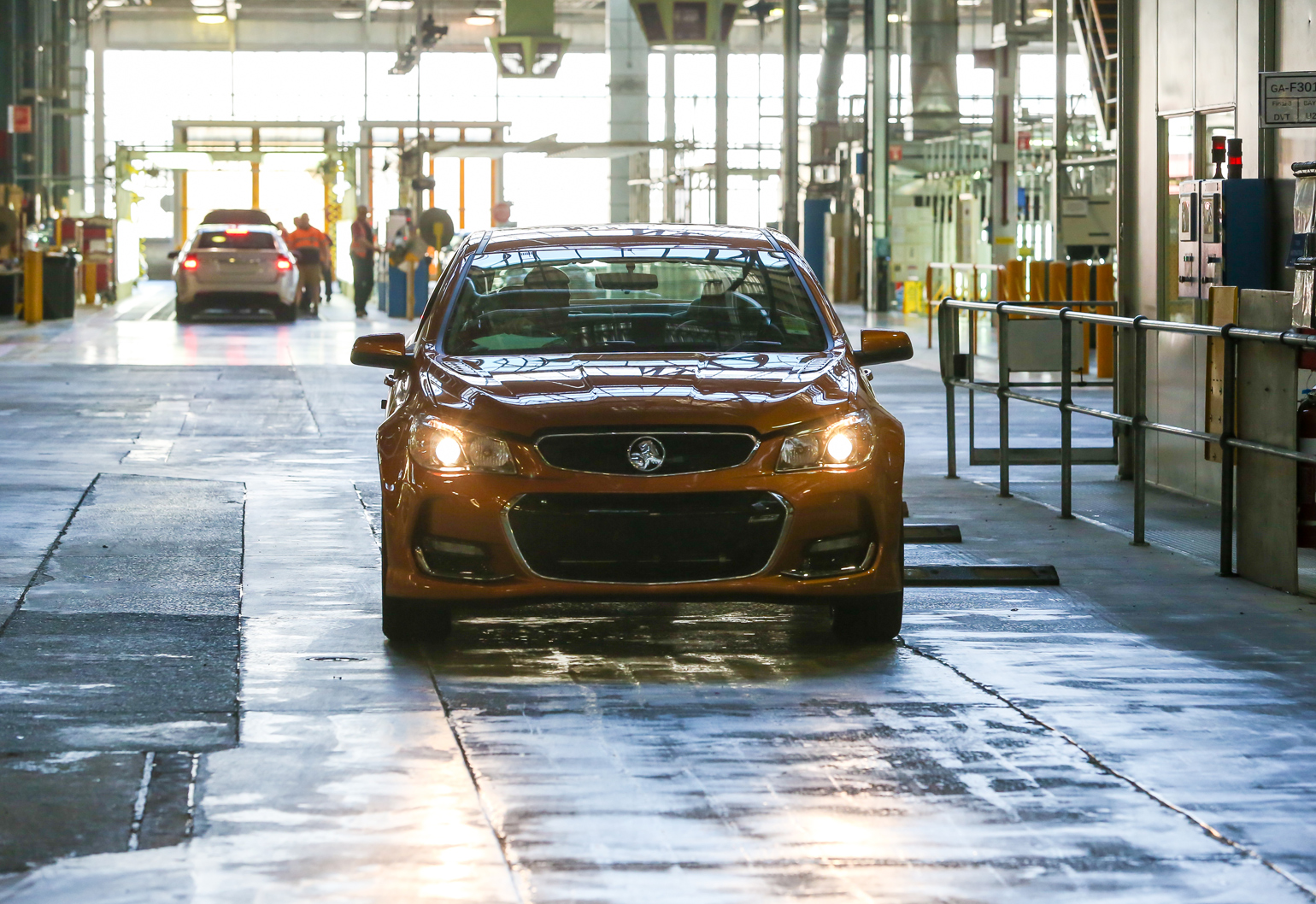Last week, Holden announced it’s backing Australia’s engineering workforce to create a world with “zero crashes, zero emissions, zero congestion”.
General Motors Executive Vice President Mark Reuss announced that Holden would recruit a mix of 150 experienced and graduate engineers to bring its local workforce up to 500.
The new engineering teams will be well resourced, as the company also announced it would spend “up to $120 million annually” on automotive R&D in Australia.
“The world-class vehicle engineering capability we have at Holden in Australia will play a significant role in General Motors (GM) delivering on its commitment to create a world with zero crashes, zero emissions and zero congestion,” Reuss said.
He added that GM was well on the way to bringing at least 20 new all-electric models to market in the next five years.
When the car manufacturer closed its Australian operations last year, it retained some of its engineering and technical staff to design and test their ‘future fleet’ of autonomous and electric vehicles.
The company has also recently upgraded the circular track at its Victorian Lang Lang Proving Ground (PG) and its co-located vehicles emissions lab, which cost $7.2 million and $8.7 million respectively.
“The PG and, in particular, the circular track are critical to Holden enabling development of vehicles for our local market, to tune suspension, steering and drivetrain characteristics for Australia’s unique conditions and customers,” said Jeremy Tassone, Holden’s Vehicle Development Manager.

“Best of the best”
Holden’s announcement was welcomed by the University of Melbourne, which has made a $1 billion commitment to a new engineering campus at the former site of General Motors Holden’s operations at Fisherman’s Bend.
“This is an important announcement for the global manufacturer, and for Melbourne,” said university Vice-Chancellor Professor Glyn Davis.
According to the university’s media release, most of the newly recruited Holden engineers will be based at Fisherman’s Bend, which will complement the new engineering campus when it is completed in the early 2020s.
The university and State Government are working to attract engineering industries to Fisherman’s Bend to give researchers the chance to undertake industry-relevant studies, and give students the chance to engage directly with potential employers.
Co-location with Holden operations will be a bonus, especially if the engineering workforce continues to grow. GM Holden Executive Director – Engineering Brett Vivian said Holden would be seeking “the best of the best” engineering minds for their team.
“We’re looking for forward-thinking people with a passion for creating revolutionary solutions; people who can work collaboratively and have strong communication skills. Automotive engineering experience is desired but not a prerequisite,” Vivian added.
Could local engineers boost consumer confidence?
Holden’s Australian sales figures have declined since manufacturing moved offshore, with Commodore sales down 52.4 percent in March this year compared to March 2017.
GM Holden Chairman and Managing Director Dave Buttner seems determined to win back local consumer confidence by emphasising the involvement of local engineers.
“Before any vehicle can earn the right to be a Holden, our engineers clock up 4000 hours and 200,000 kilometres in Australian conditions, testing everything from the suspension to radio performance and recognising Australian road signs,” Buttner said.
Buttner added that Holden’s engineers will be working on global teams to develop technology for innovations such as Holden’s Maven ride-sharing software and OnStar smart car functionality, which is due to be rolled out in Australia next year.



